Nine out of 10 Hollywood film scores get their music from here
OrchestrasSpitfire Audio has spent the past 15 years developing more than 200 high-definition virtual instrument libraries, employing top musicians at Abbey Road, AIR and 58 other studios, and paying them royalties.
They now claim that nine out of ten Hollywood movies depend on their database of instrumental effects.
Carlos Rafael Rivera, Emmy-winning composer says: ‘Many of the cues from The Queen’s Gambit where Beth is playing chess on the ceiling had the fantastic brass and strings from the Kepler sample library. The final product ended up being a hybrid from the aforementioned libraries and the real orchestra recordings.’
Who knew?
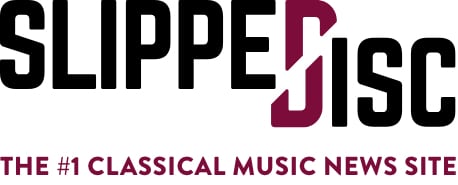
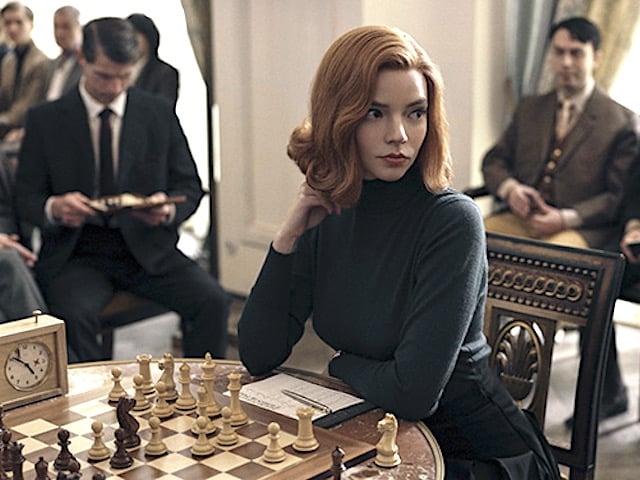
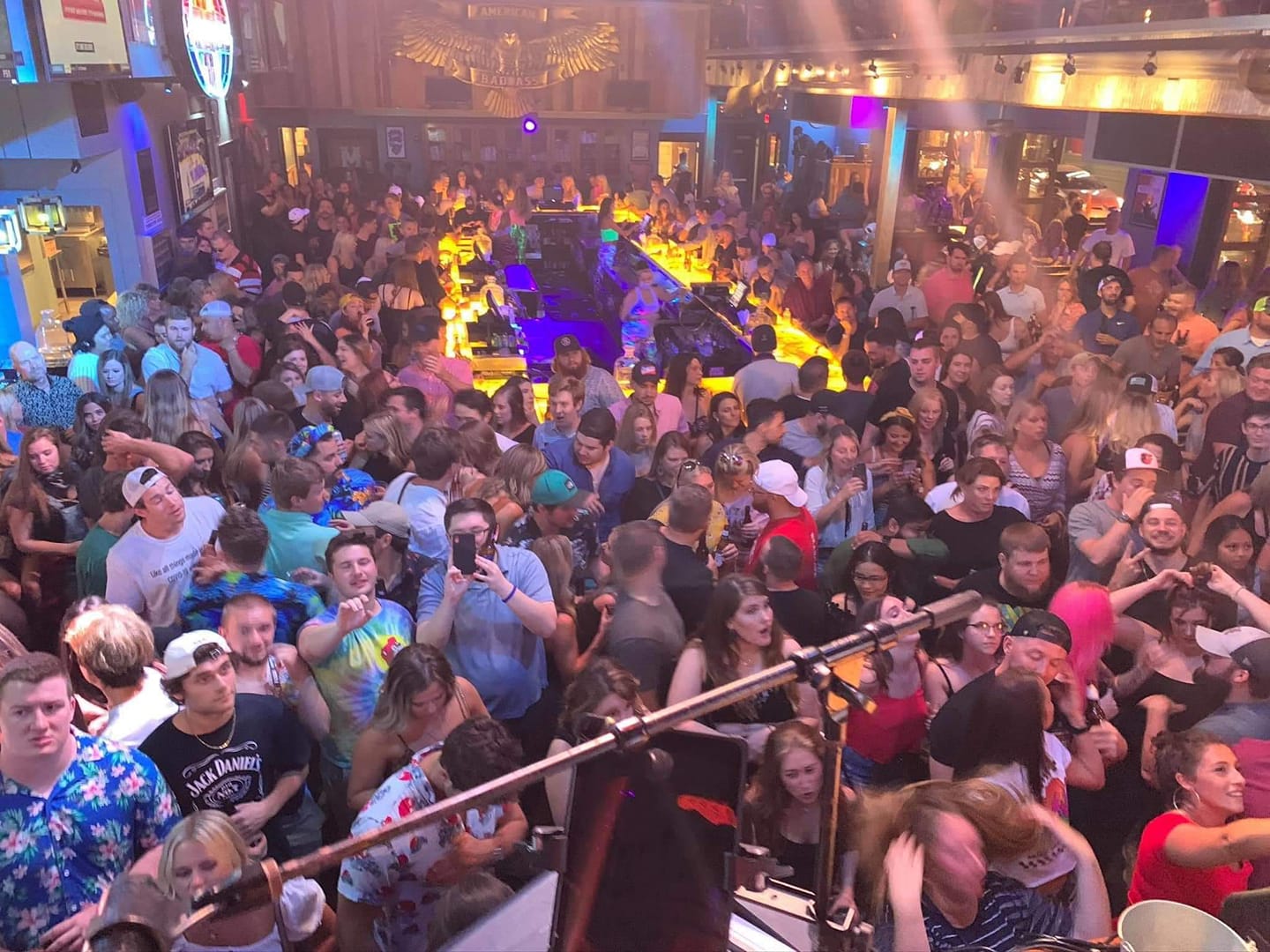
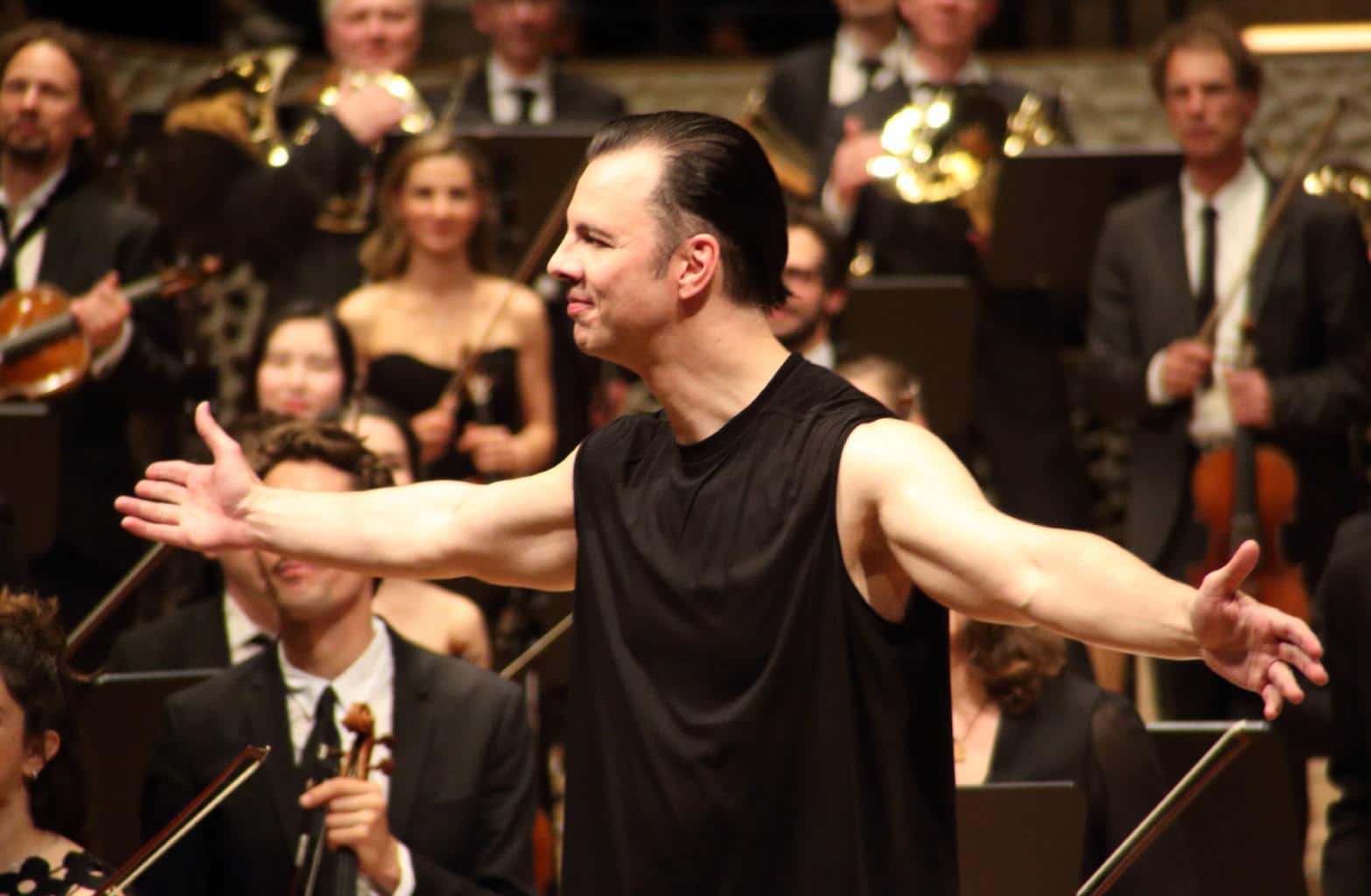
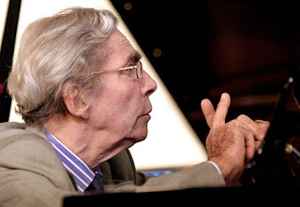
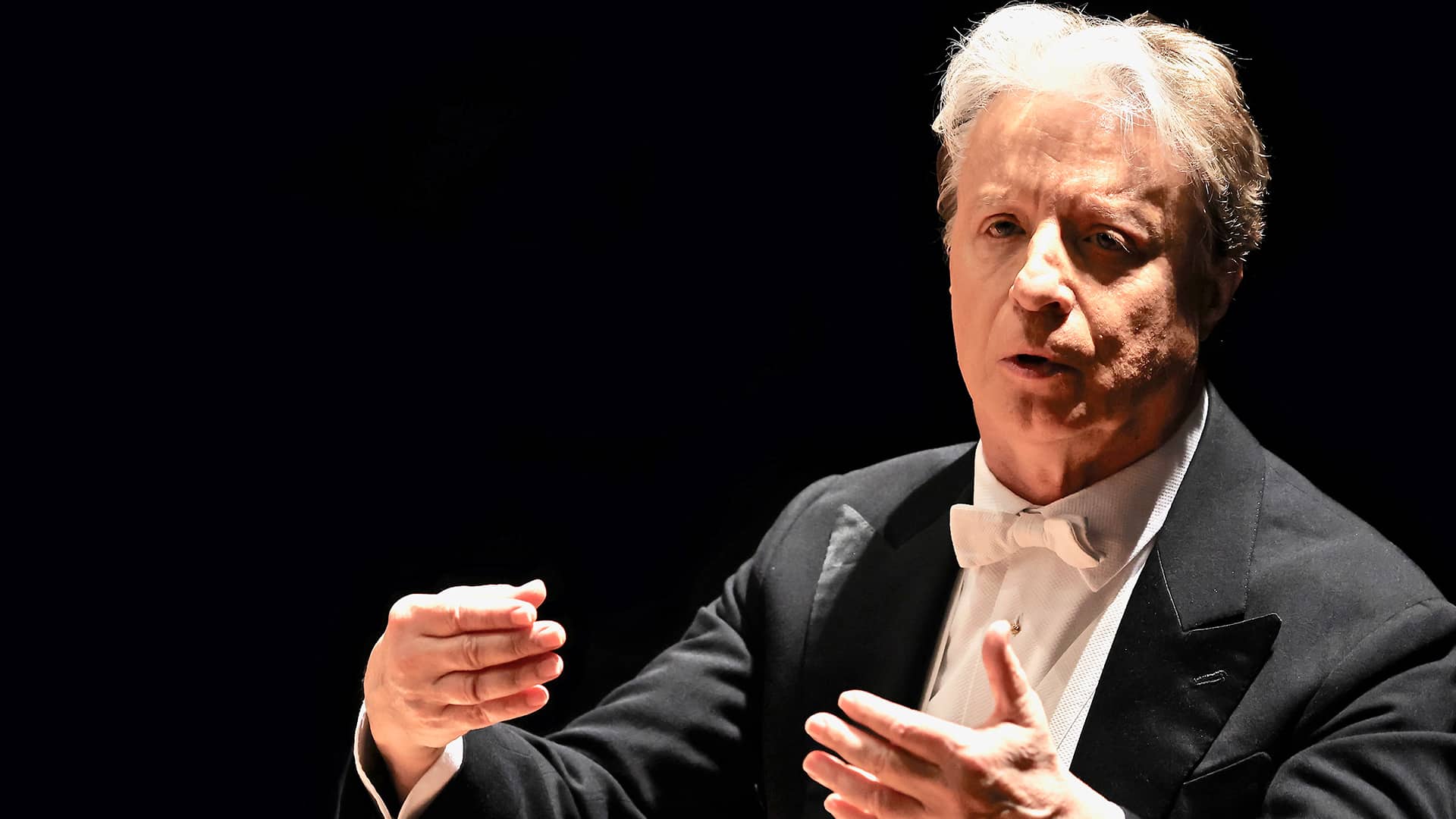
Comments